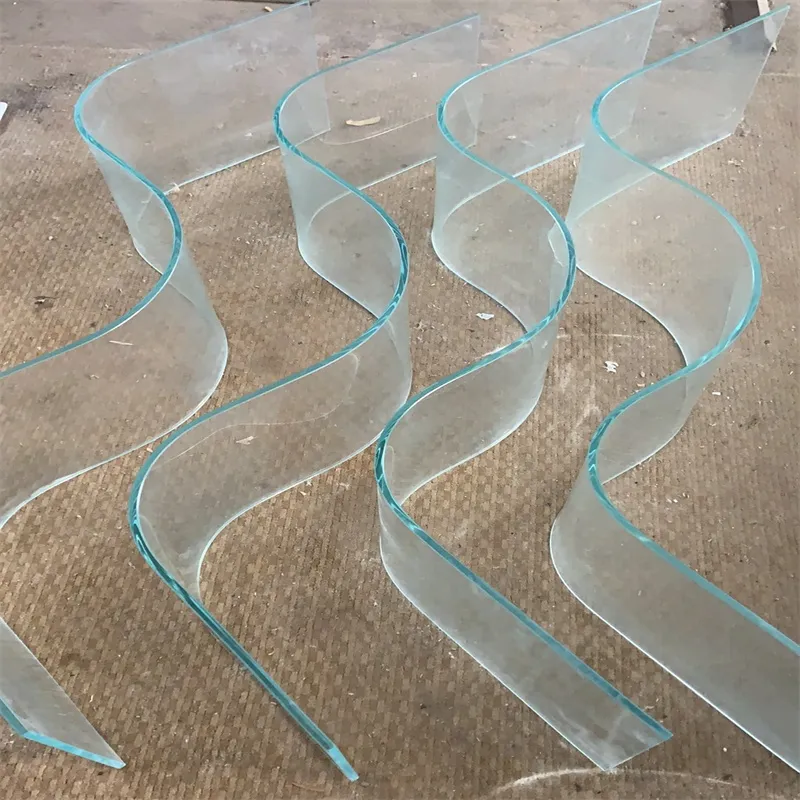Dec . 21, 2024 01:49 Back to list
tempered glass process
The Tempered Glass Process Enhancing Safety and Durability
Tempered glass, also known as toughened glass, is a type of safety glass that has been treated by controlled thermal processes to increase its strength compared to normal glass. This process of tempering makes the glass more resistant to impact, thermal stresses, and hazardous breakage, making it an ideal choice for various applications, from windows to shower doors, and even in automotive and architectural designs. This article will explore the tempered glass process, including its manufacturing stages, advantages, and applications.
Manufacturing Stages of Tempered Glass
The production of tempered glass begins with standard float glass, which is made by floating molten glass on top of molten tin to create a smooth, uniform surface. The following steps outline the critical stages involved in the tempering process
1. Cutting The first step in creating tempered glass is cutting the float glass sheets into specific sizes as per design requirements. This step must be done with precision since any alterations made after the tempering process will lead to a rupture of the glass.
2. Washing After cutting, the glass is thoroughly cleaned to remove any contaminants, dust, or oils. This washing ensures that any impurities do not affect the strength and clarity of the final product.
3. Heating The glass panels are then heated in a tempering furnace at a temperature of around 620 to 650 degrees Celsius (1148 to 1202 degrees Fahrenheit). This heating process gradually warms the glass, allowing for an even distribution of heat throughout its thickness.
4. Quenching Once the glass reaches the desired temperature, it is rapidly cooled using powerful jets of cold air. This quenching process is crucial as it increases the surface tension in the glass, making it significantly stronger than standard glass. During this process, the outer layers of the glass solidify quickly while the inner layers cool down more gradually, creating a balanced internal pressure.
5. Inspection After tempering, the glass undergoes a thorough inspection to check for any defects or inconsistencies. Quality control is essential to ensure that the glass meets industry standards and is safe for use in various applications.
Advantages of Tempered Glass
Tempered glass offers several benefits that make it a preferred choice for many applications
- Strength and Durability Tempered glass is approximately five to six times stronger than standard glass. Its enhanced strength makes it less likely to break under stress or impact.
tempered glass process

- Safety In the event of breakage, tempered glass shatters into small, blunt pieces rather than sharp shards, reducing the risk of injury
.- Thermal Resistance The thermal stability of tempered glass allows it to withstand high temperatures and sudden temperature fluctuations, making it suitable for applications where heat exposure is a concern.
- Versatility It can be used in various settings, including residential, commercial, and automotive applications, due to its aesthetic appeal and functional properties.
Applications of Tempered Glass
Tempered glass is widely used across different sectors due to its numerous advantages
- Architecture and Construction It is commonly used in building facades, glass railings, and skylights. Its strength allows for larger glass panels, enhancing the aesthetics of modern buildings.
- Automotive Industry Many car windows are made from tempered glass, providing safety and durability to withstand crashes.
- Household Items Tempered glass is often utilized in shower doors, tabletops, and oven doors because of its resistance to heat and ability to endure daily wear and tear.
- Commercial Use Storefronts, glass doors, and partitions benefit from the high-strength characteristics of tempered glass, providing both safety and style.
Conclusion
The tempered glass process represents a vital innovation in materials engineering, enhancing safety and durability across various applications. As the demand for robust and aesthetically pleasing glass solutions continues to grow, tempered glass will remain a popular choice for both manufacturers and consumers alike. With its impressive range of applications and undeniable advantages, tempered glass not only transforms architectural designs but also enhances everyday products, making life safer and more beautiful.
-
Safety and Style with Premium Laminated Glass Solutions
NewsJun.24,2025
-
Reinvents Security with Premium Wired Glass
NewsJun.24,2025
-
Premium Float Glass Line for Modern Architecture
NewsJun.24,2025
-
Low Emissivity Glass for Energy-Efficient Architecture
NewsJun.24,2025
-
High-Performance Insulated Glass Solutions for Modern Architecture
NewsJun.24,2025
-
Elevates Interior Style with Premium Silver Mirror
NewsJun.24,2025
Related PRODUCTS














